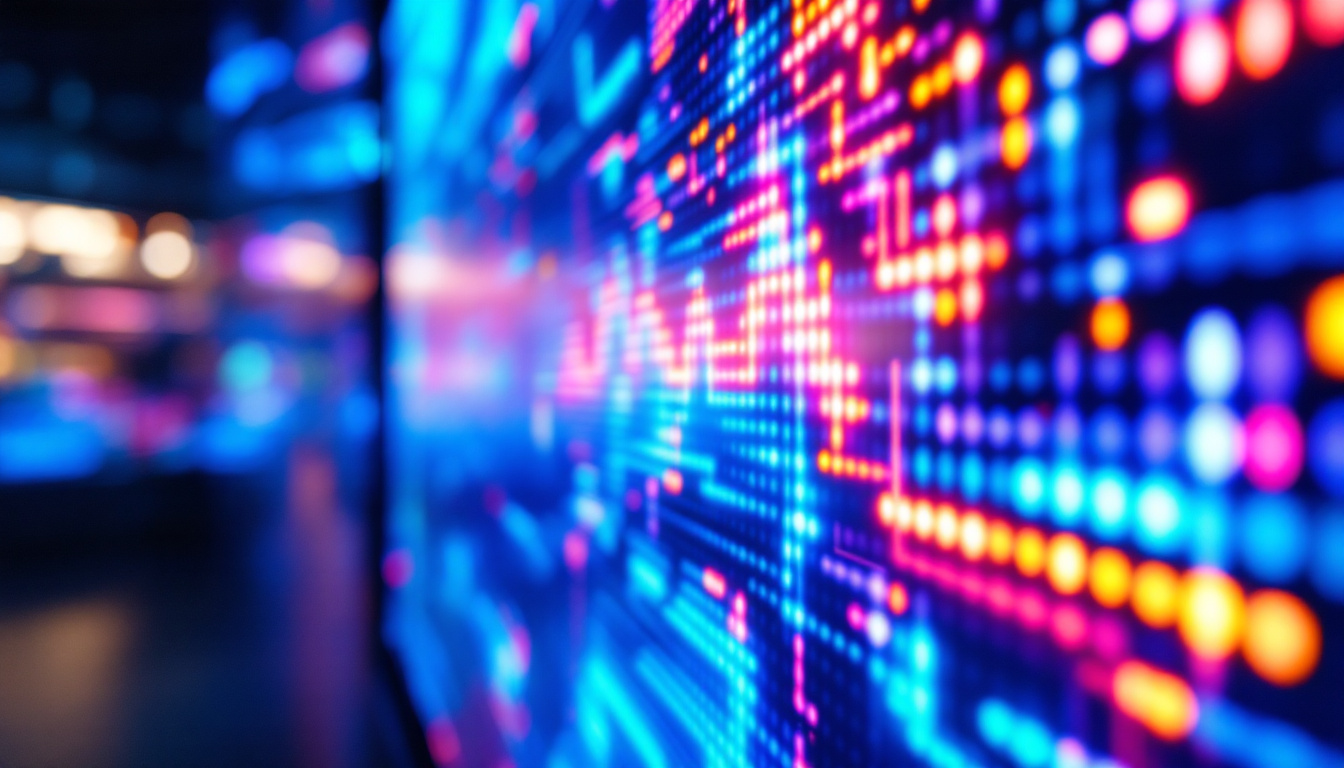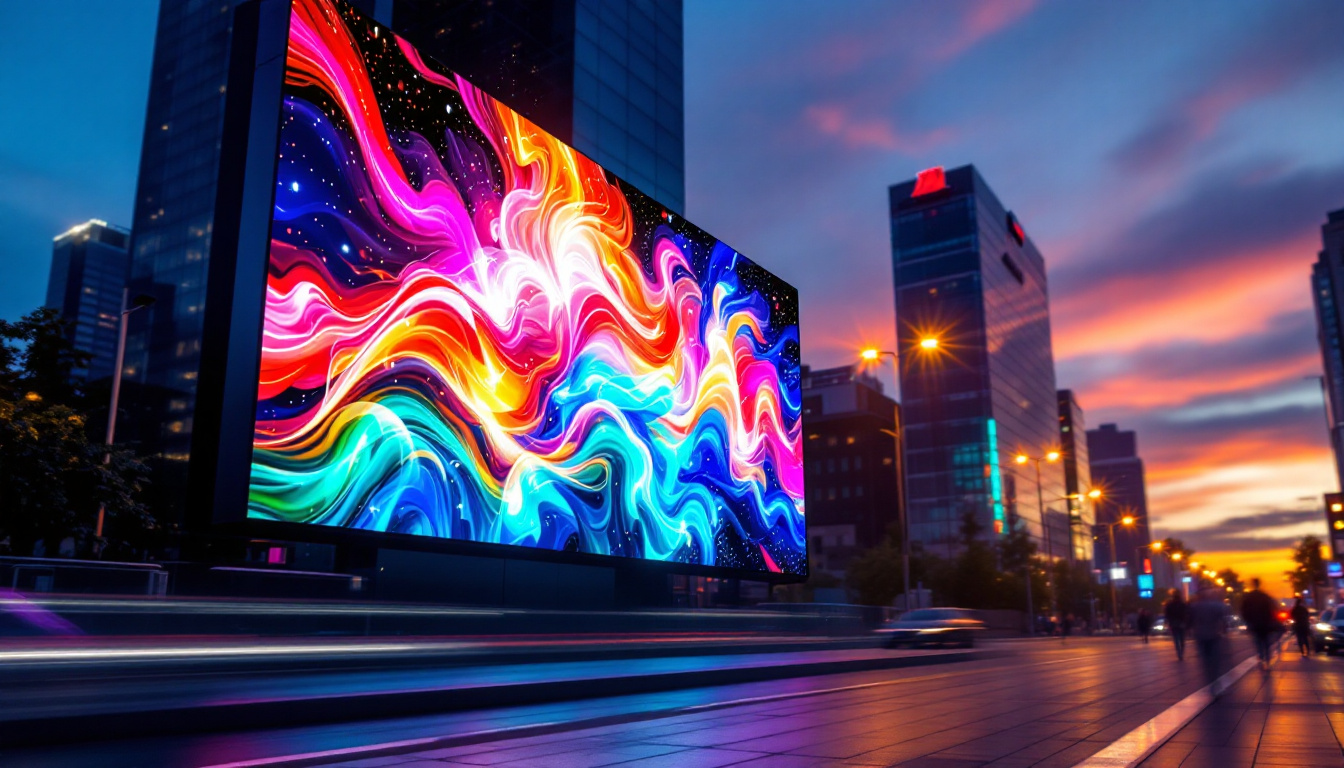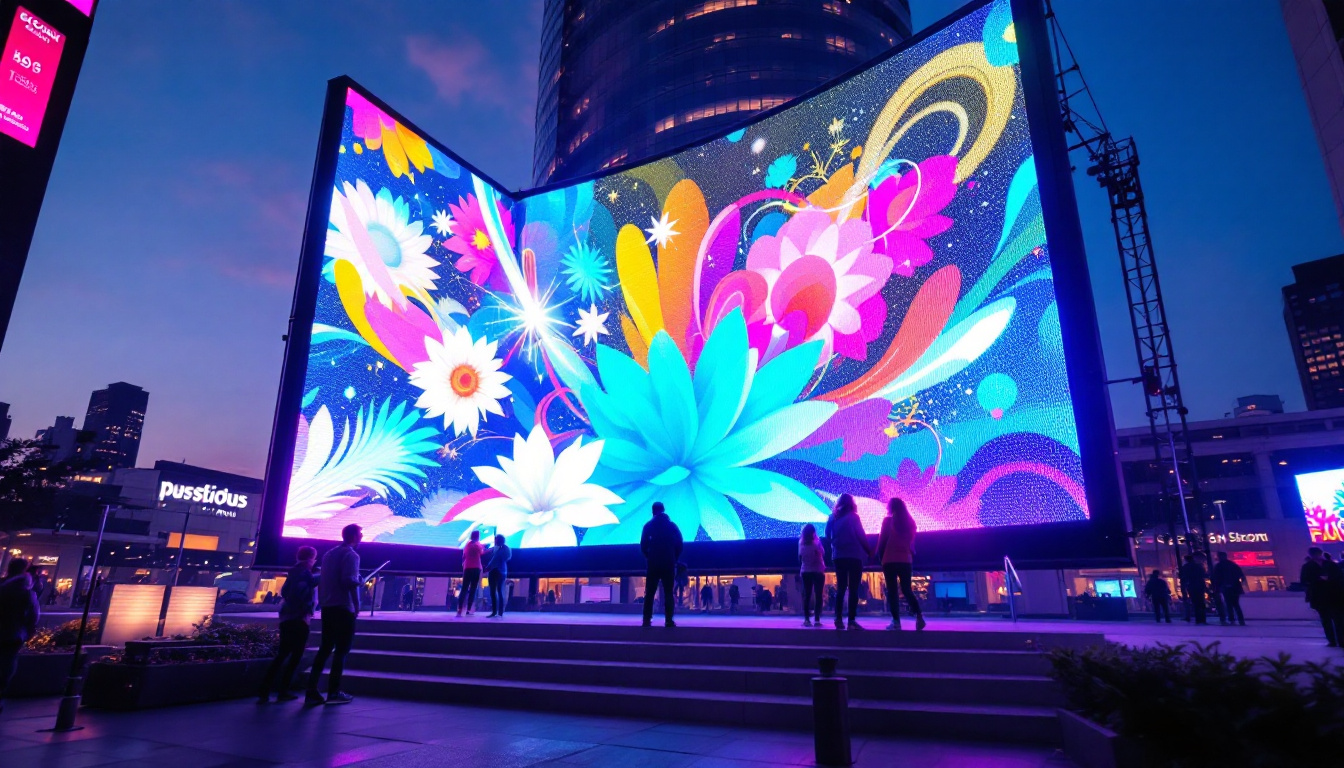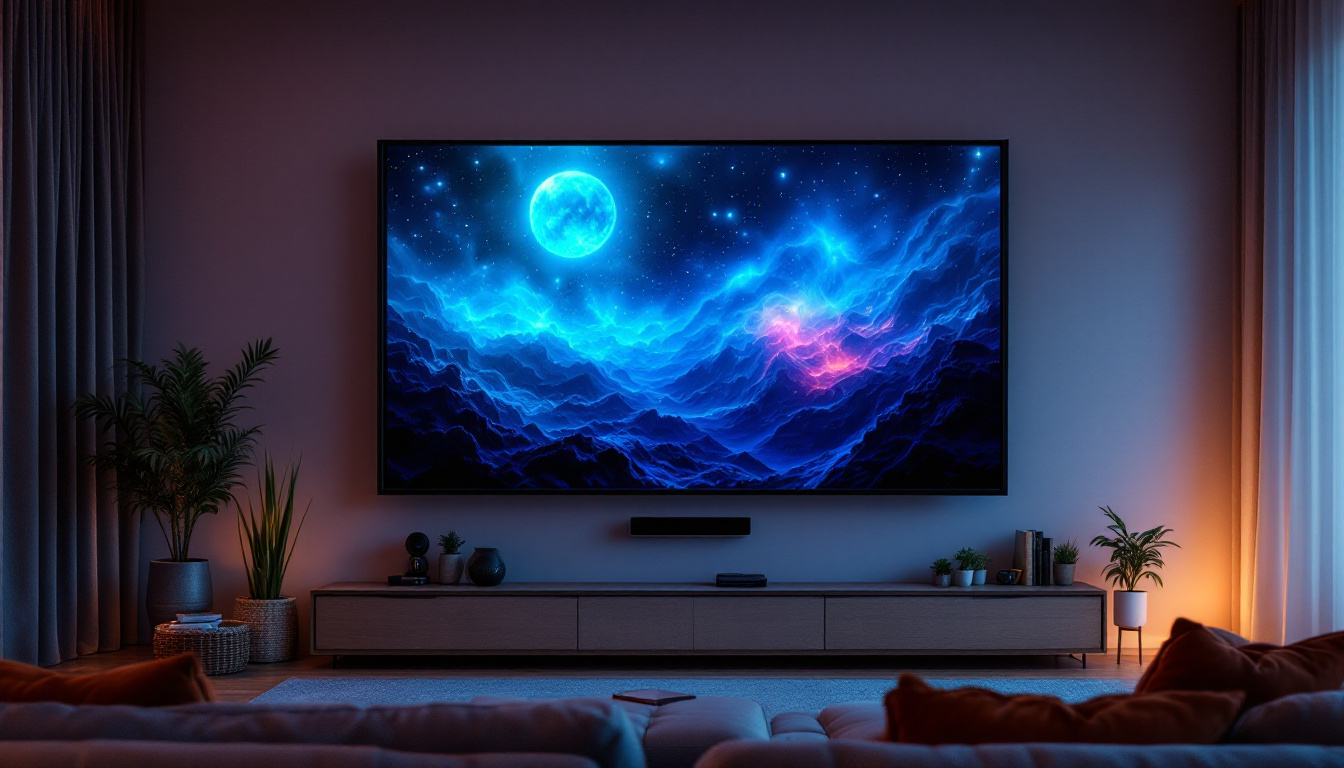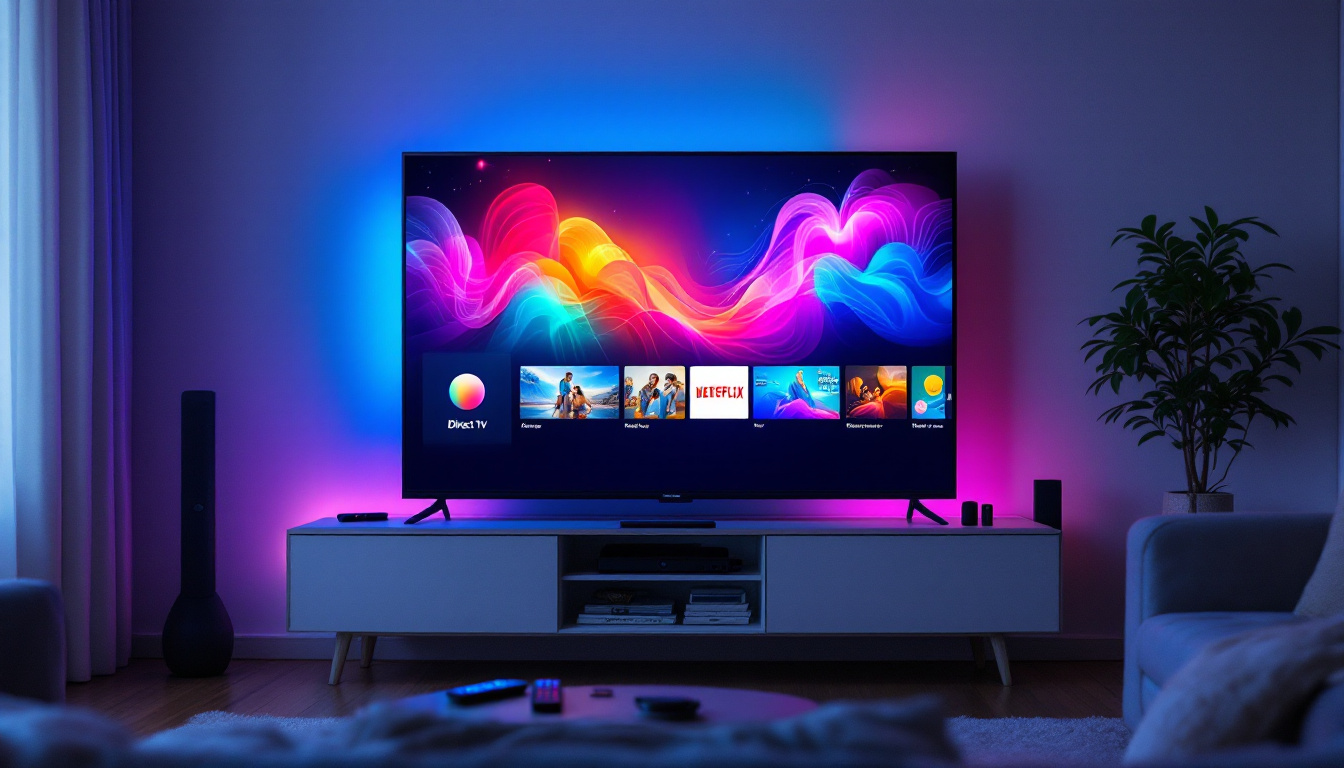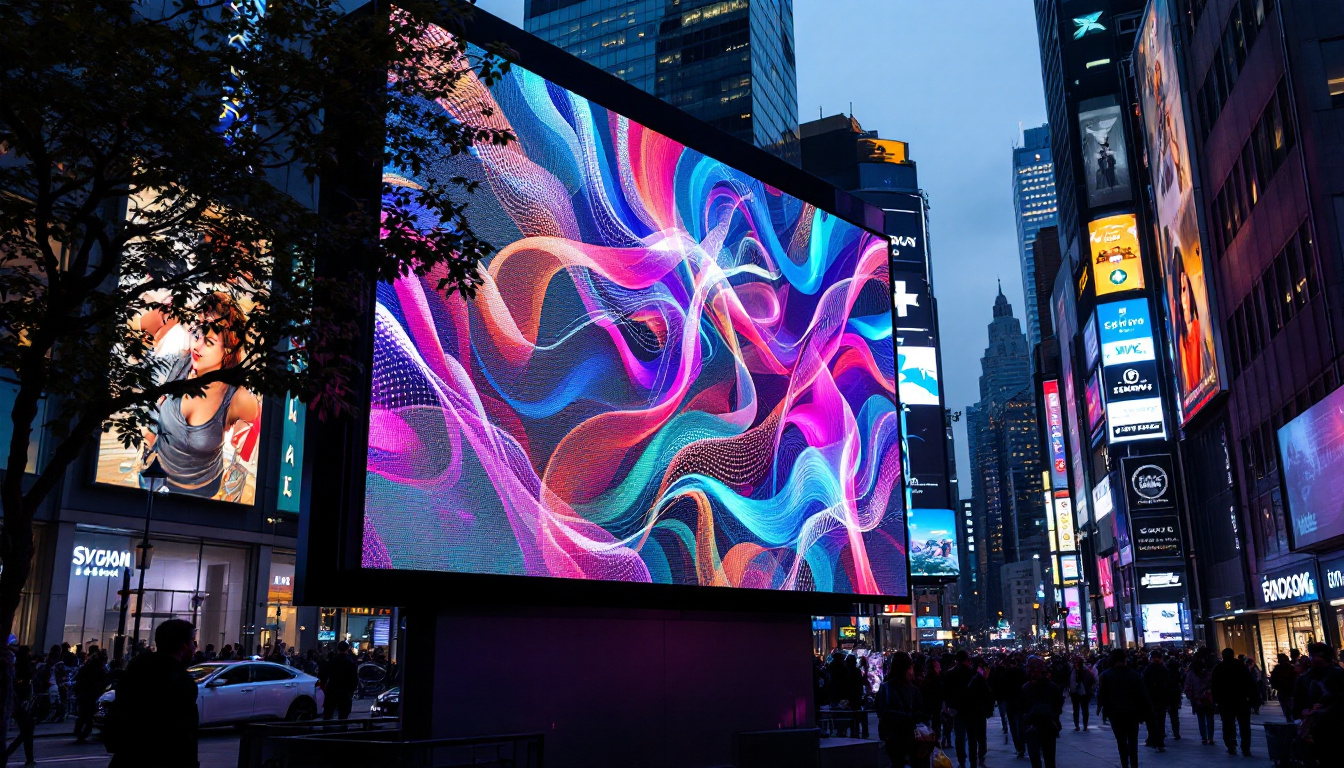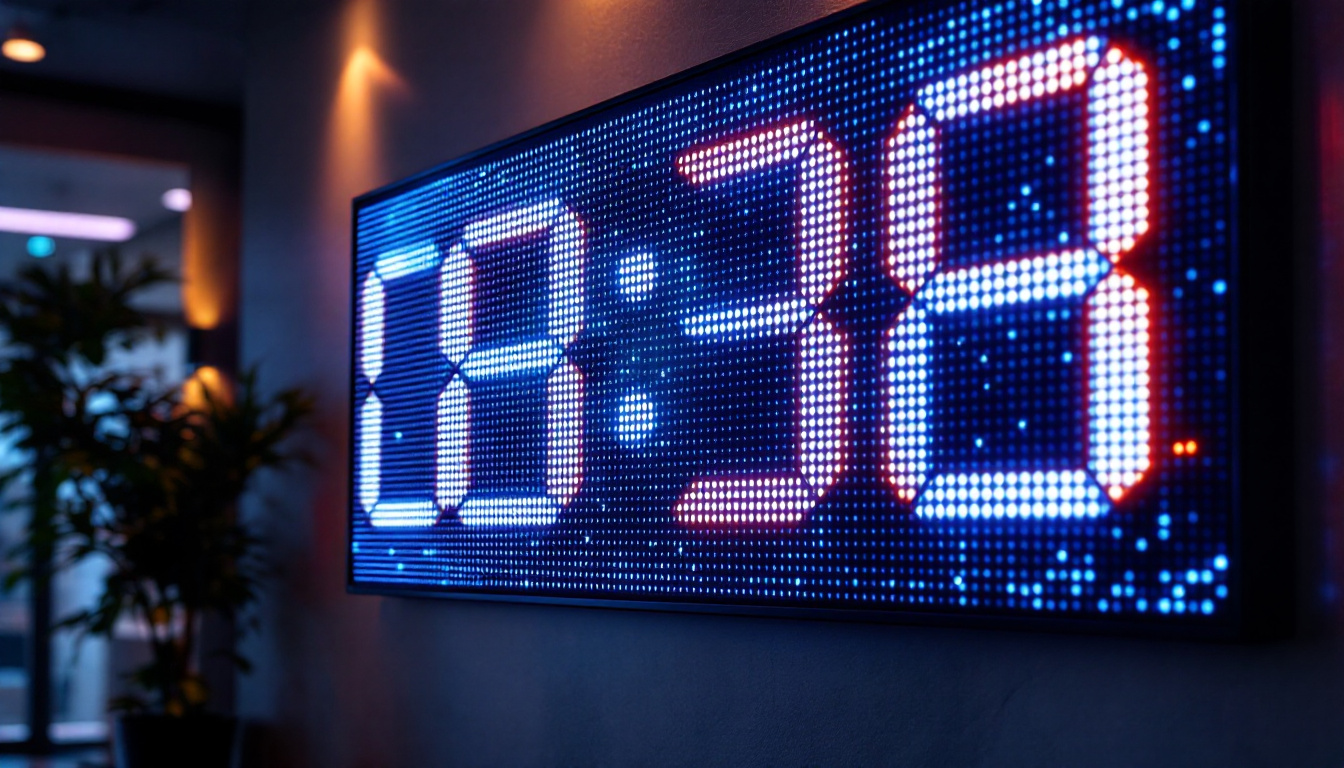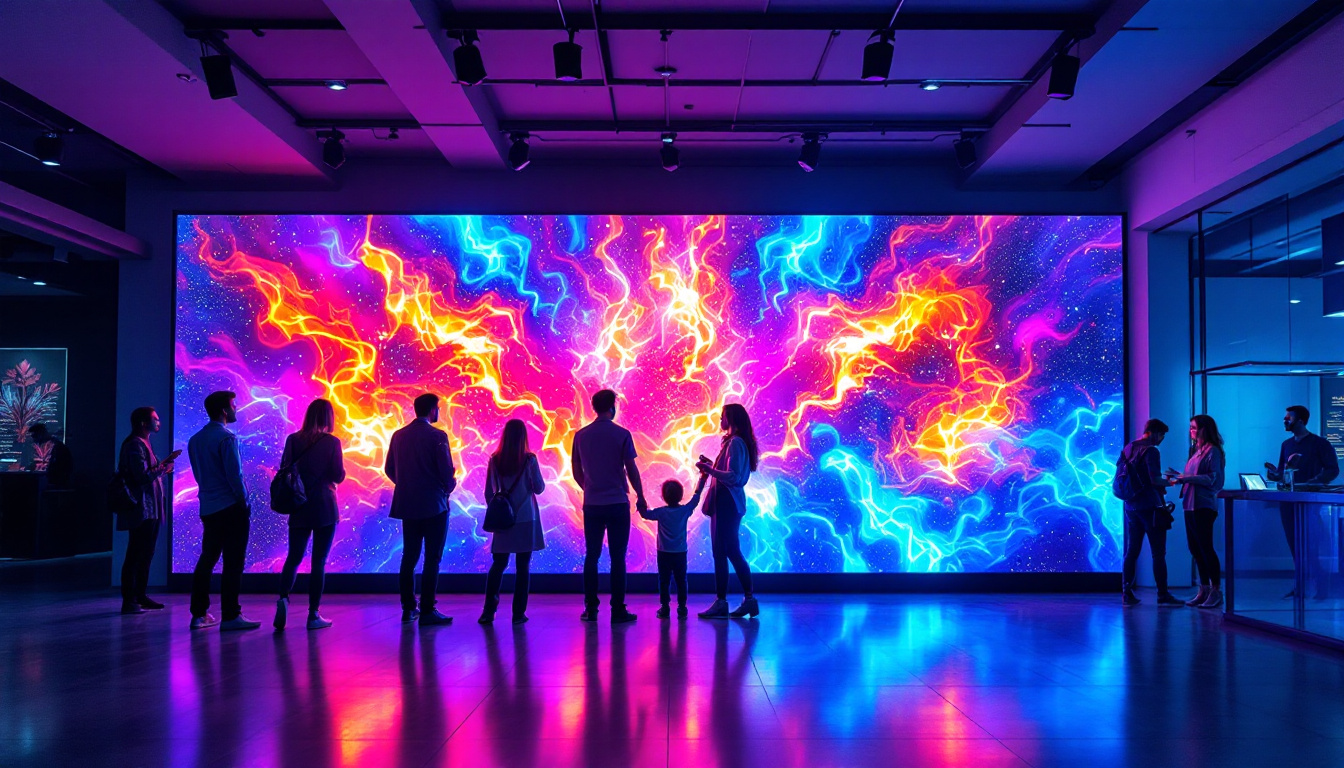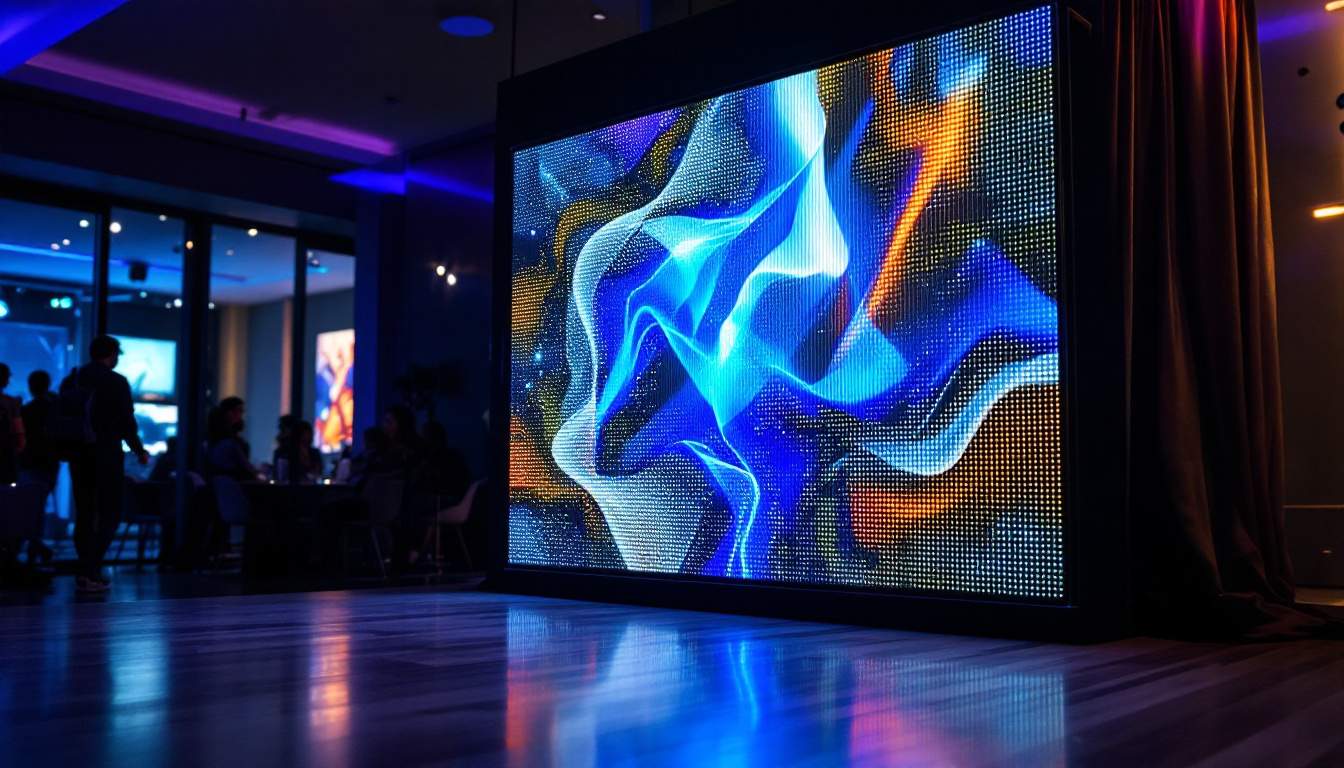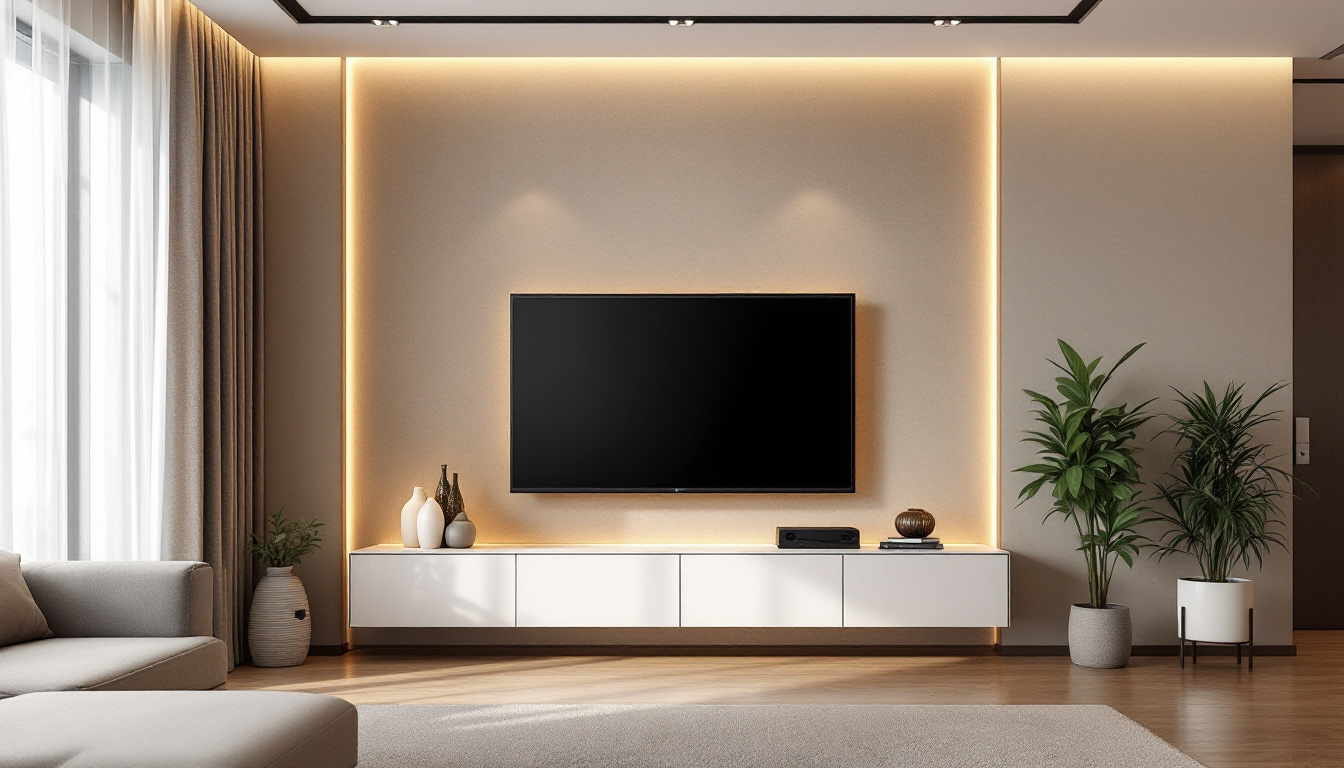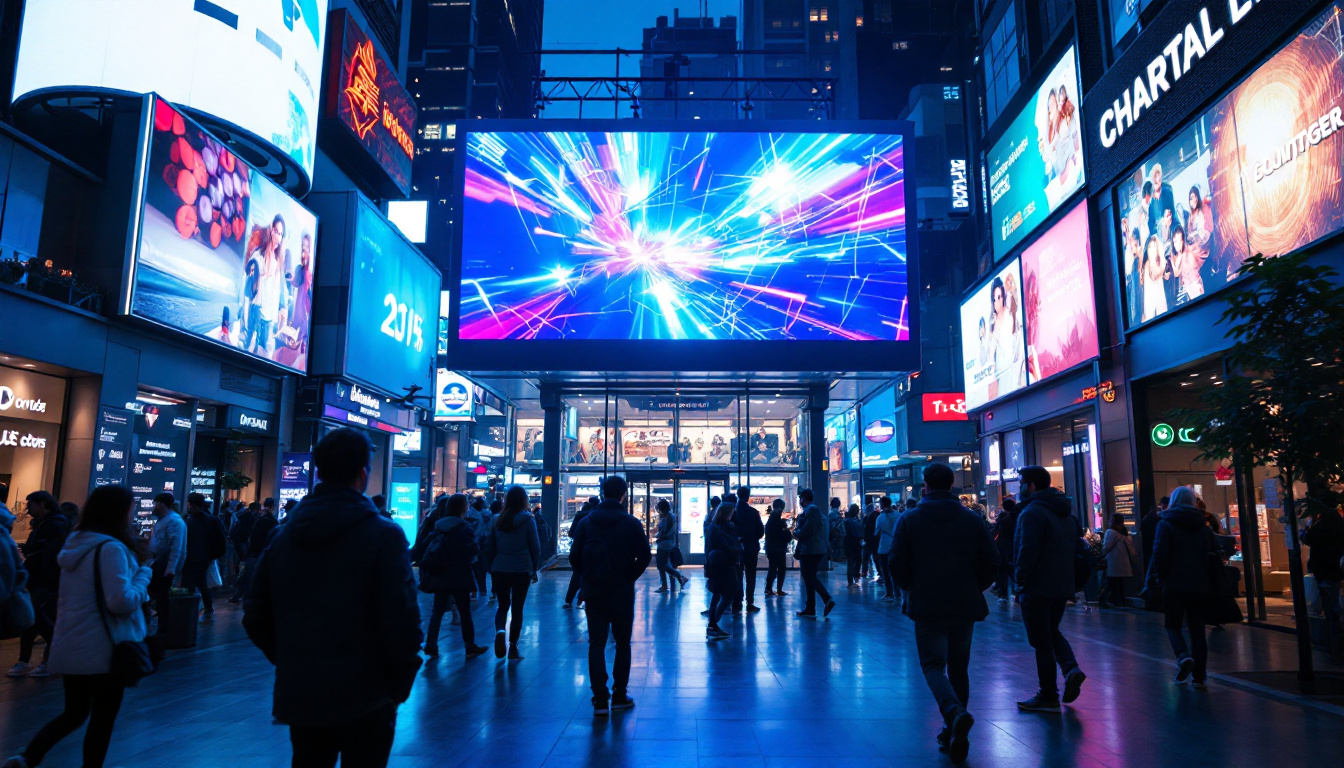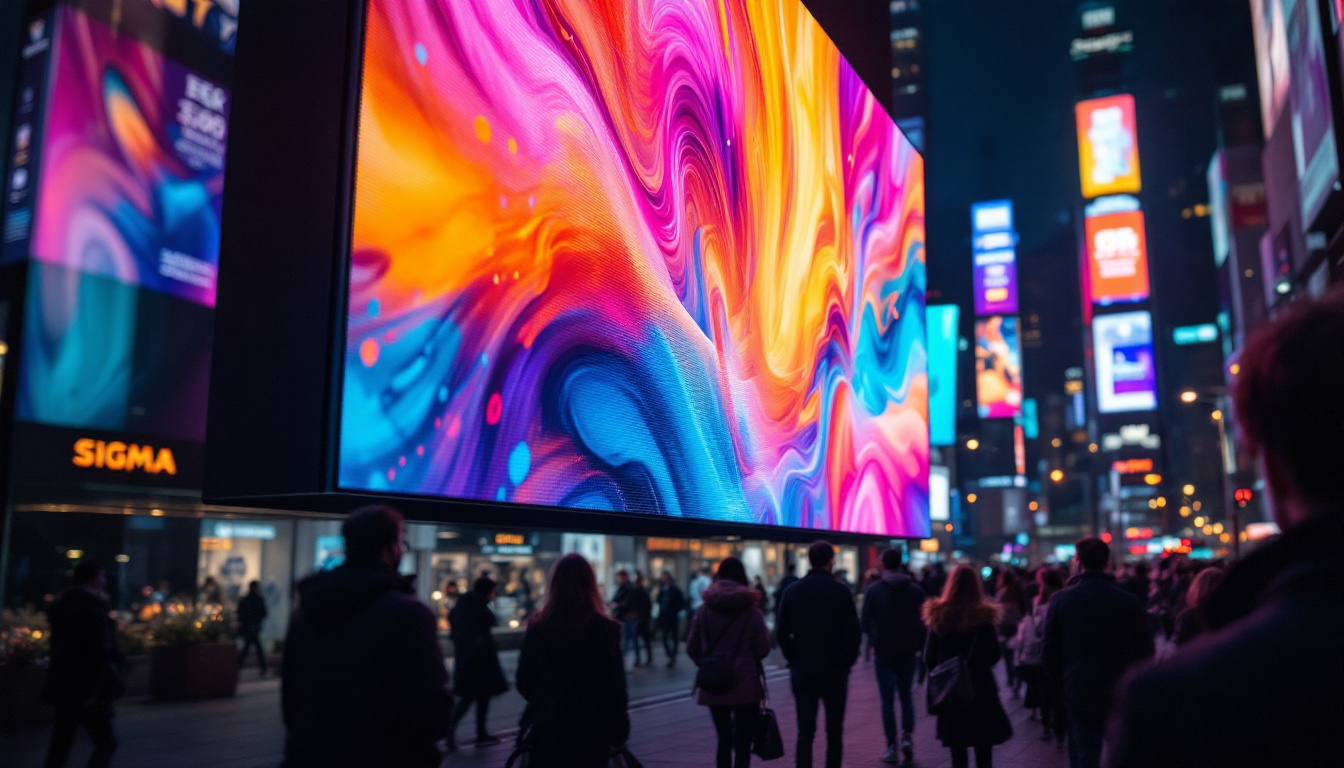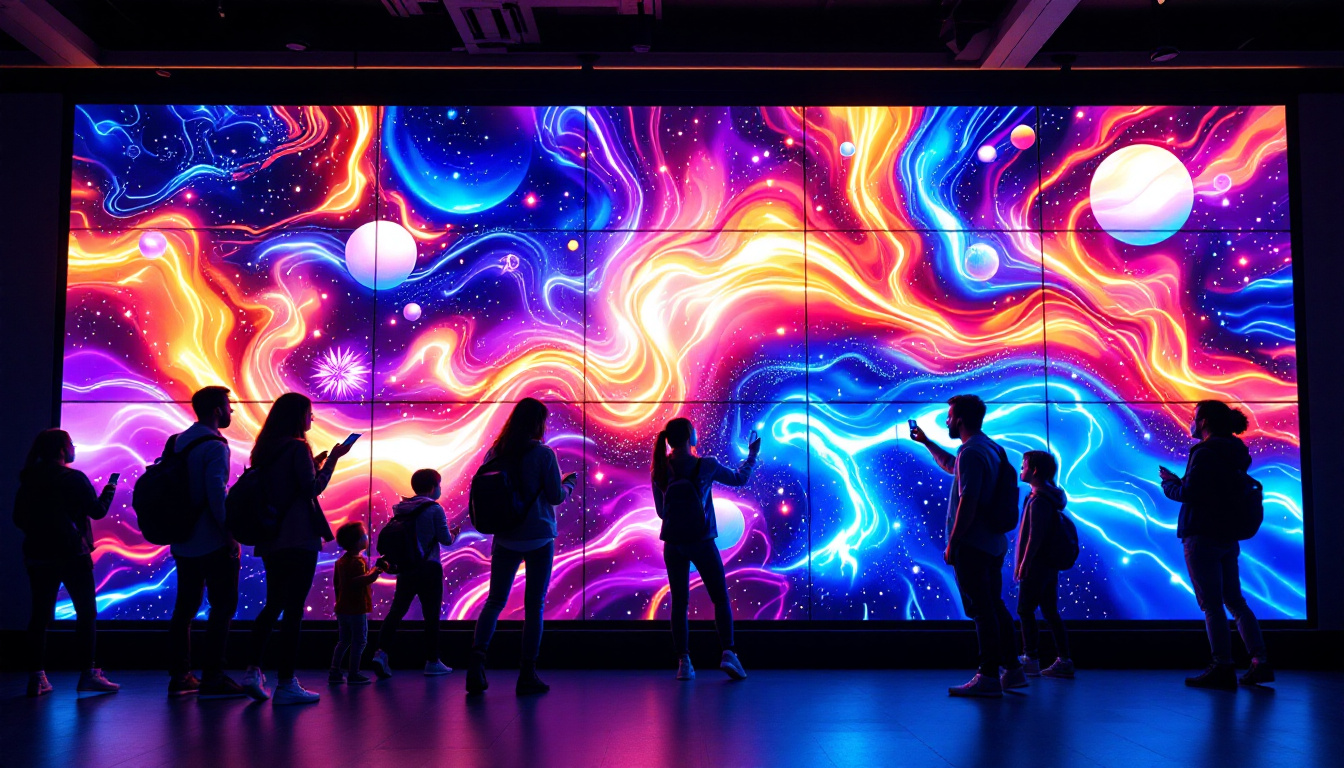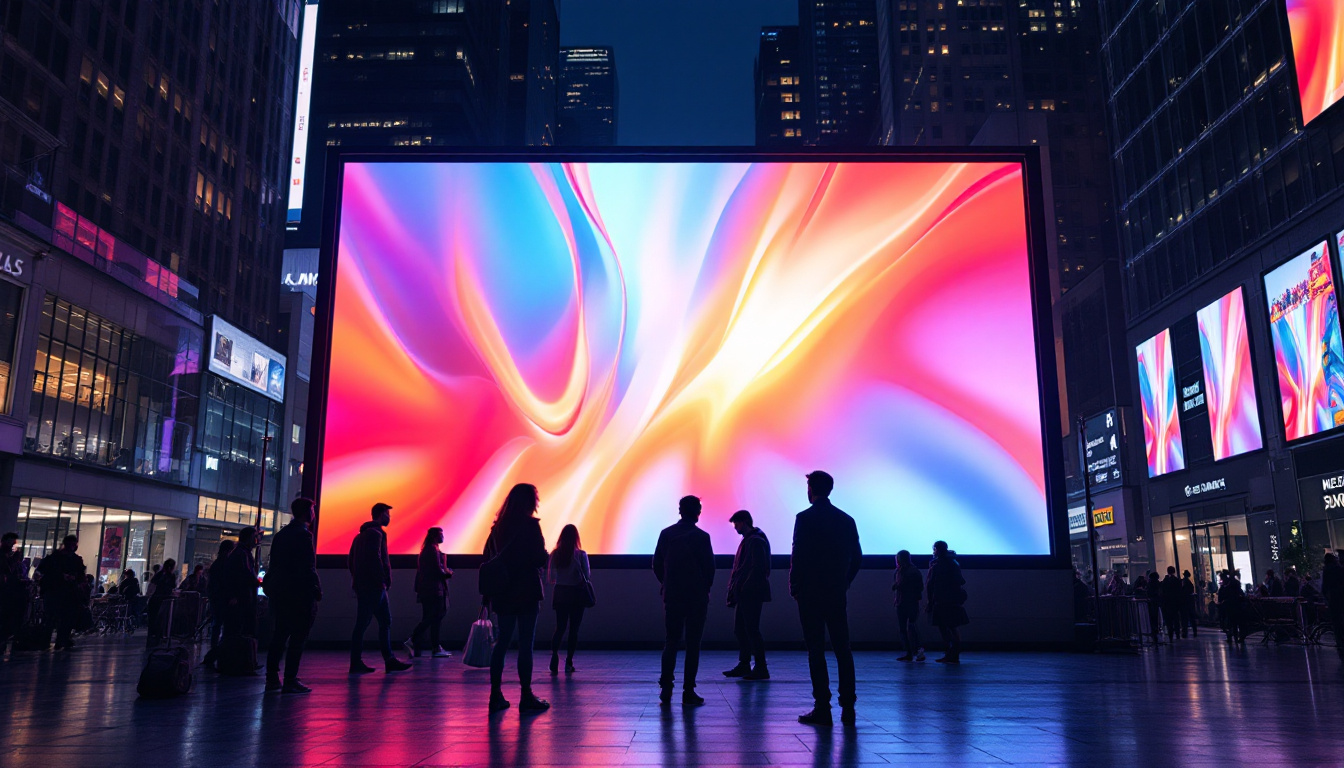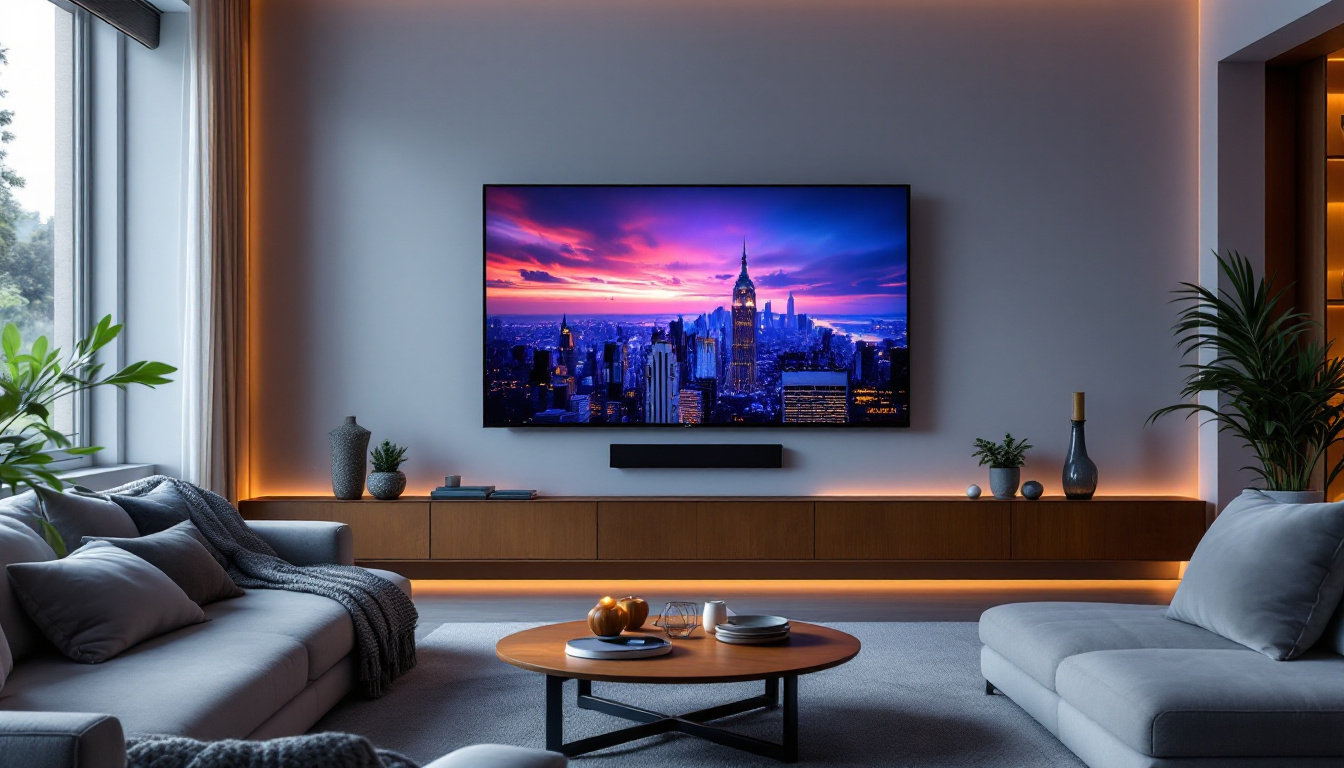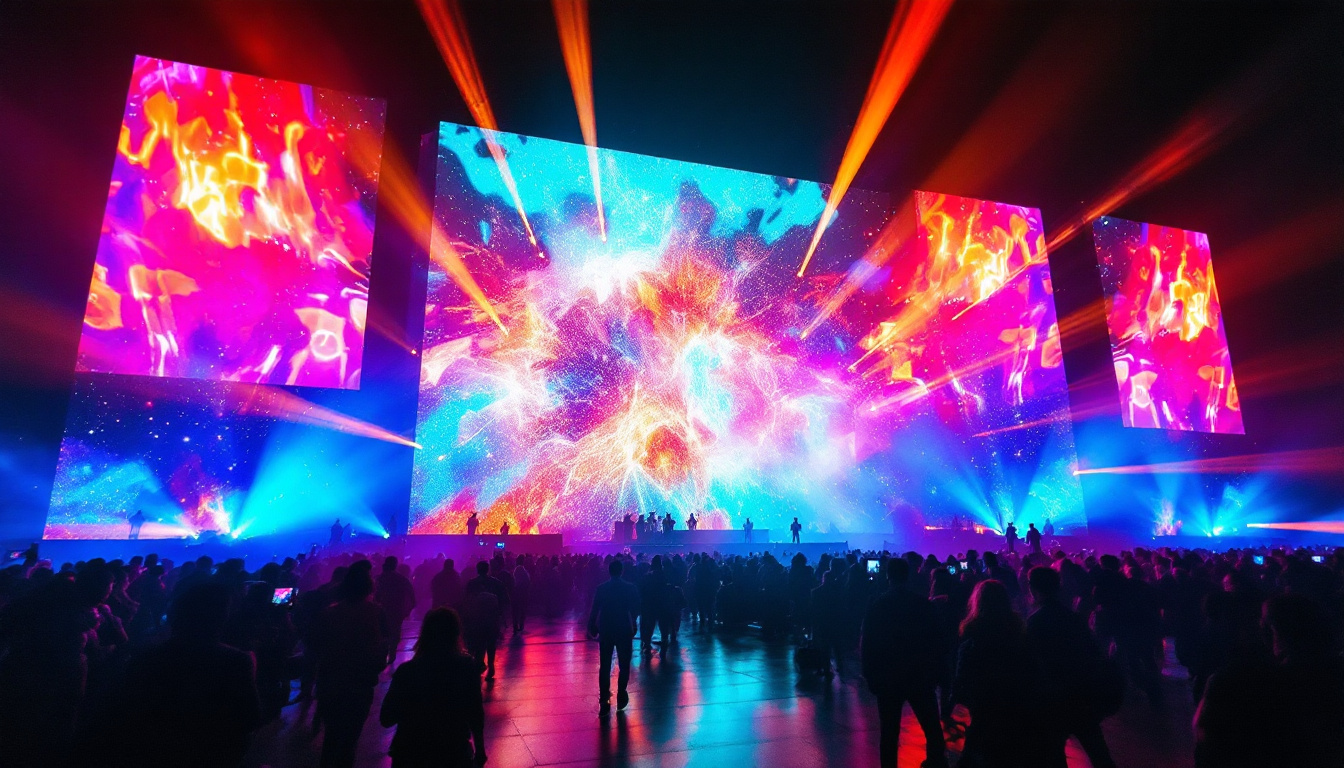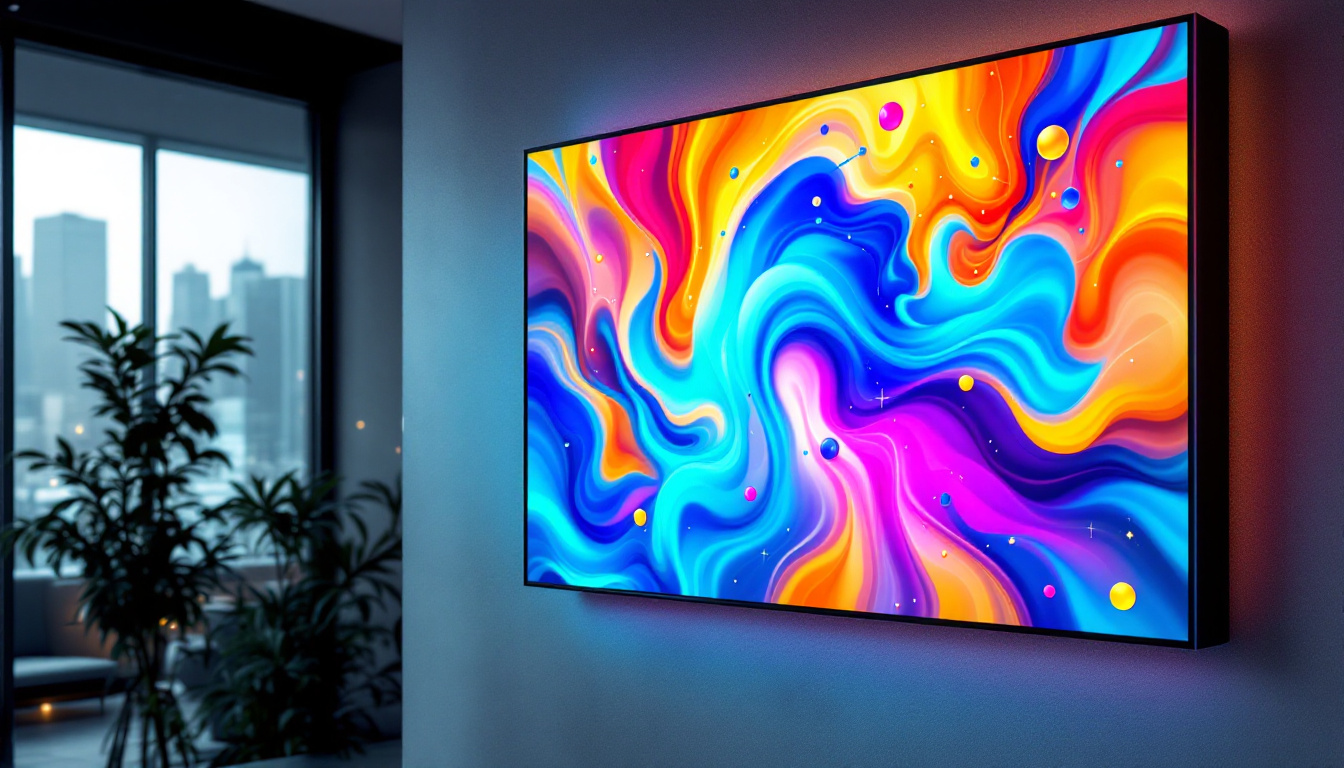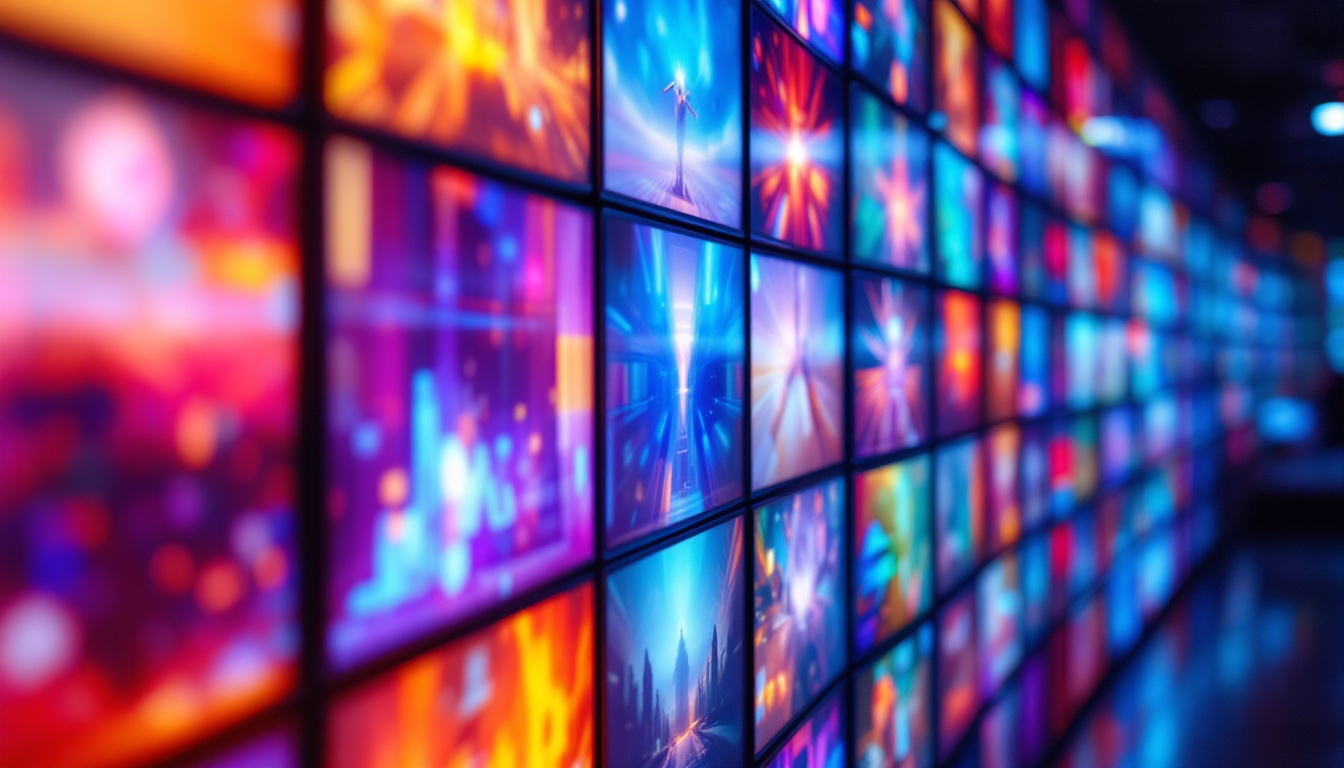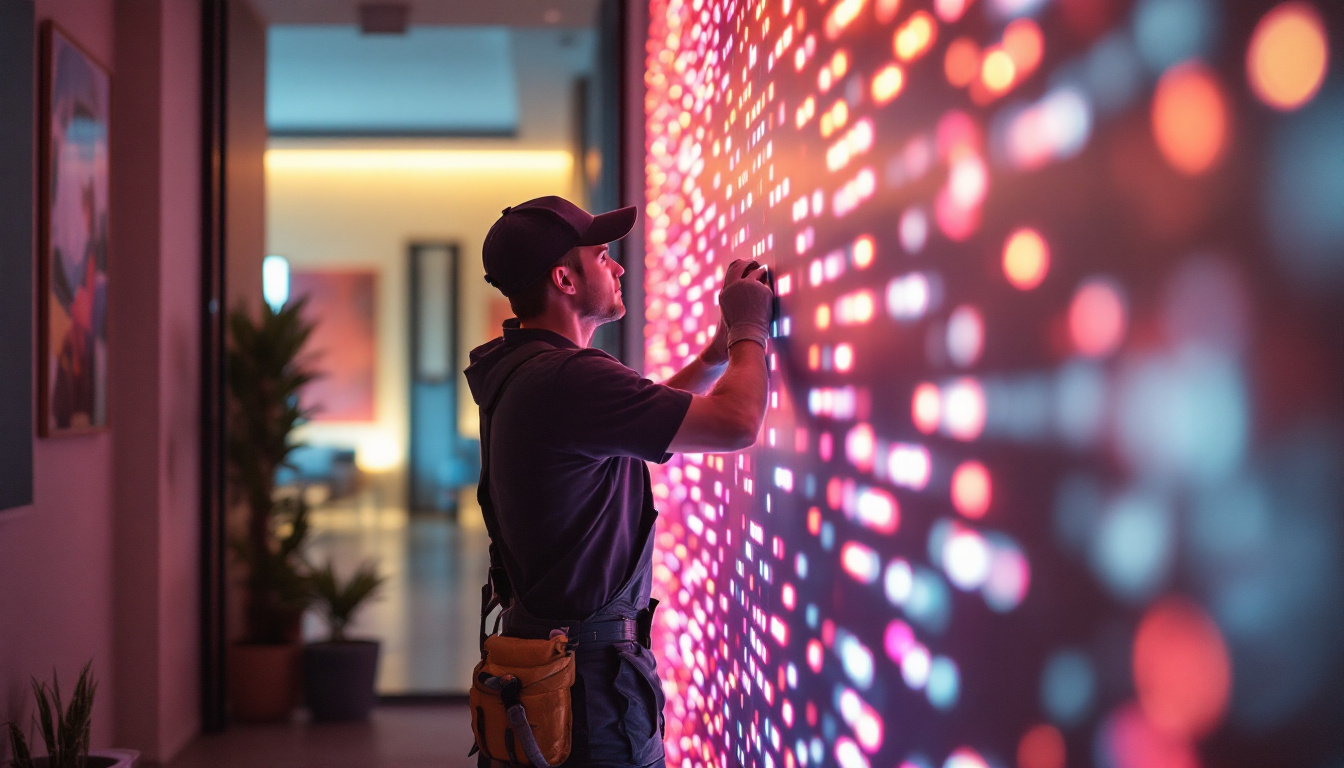In recent years, LED technology has revolutionized the way we perceive visual content on screens. From televisions to computer monitors, LED displays have become ubiquitous, offering vibrant colors, energy efficiency, and superior performance. This article delves into the intricacies of LED displays, exploring how they function, their advantages, and the various types available in the market.
Understanding LED Technology
LED, or Light Emitting Diode, is a semiconductor device that emits light when an electric current passes through it. Unlike traditional incandescent bulbs, which produce light through heat, LEDs convert electrical energy directly into light, making them far more efficient. This fundamental difference is what allows LED displays to offer brighter images while consuming less power. The energy efficiency of LEDs not only reduces electricity costs but also contributes to a lower carbon footprint, making them an environmentally friendly lighting option. As technology progresses, the applications of LEDs continue to expand, from household lighting to large-scale outdoor displays.
The Components of LED Displays
At the core of an LED display lies a matrix of tiny LEDs arranged in a grid. Each pixel of the display is made up of red, green, and blue (RGB) sub-pixels. By varying the intensity of these sub-pixels, a wide spectrum of colors can be produced. The combination of these colors creates the images and graphics that users see on their screens. This RGB configuration is crucial for achieving true-to-life color reproduction, which is essential in fields such as graphic design and digital art, where color accuracy is paramount.
Additionally, LED displays often incorporate other components such as drivers, which regulate the power to the LEDs, and controllers, which manage the data sent to the display. These elements work together to ensure that the images rendered are not only bright but also accurate and consistent. Advanced LED displays may also include features like local dimming, which enhances contrast by adjusting the brightness of specific areas of the screen, further improving the visual experience.
How LED Displays Work
When an image is to be displayed, the controller sends signals to the LED driver, which then modulates the current flowing through the individual LEDs. This modulation allows for precise control over brightness and color. The result is a display that can show deep blacks, vibrant colors, and high contrast ratios, enhancing the overall viewing experience. The ability to achieve such high levels of detail is particularly advantageous in professional settings, such as medical imaging or video production, where every nuance matters.
Moreover, the rapid response time of LEDs means that moving images appear smooth and fluid, making them ideal for gaming and video playback. This speed is particularly beneficial in applications where clarity and detail are paramount. In addition, the durability of LED technology ensures that these displays can withstand the rigors of continuous use, making them a reliable choice for both commercial and residential environments. As a result, LED displays are becoming increasingly popular in various sectors, including advertising, entertainment, and even automotive lighting, showcasing their versatility and adaptability in modern technology.
Types of LED Displays
LED displays come in various types, each suited for different applications and environments. Understanding these types can help consumers make informed choices based on their specific needs.
Direct LED vs. Edge-Lit LED
One of the primary distinctions in LED displays is between direct LED and edge-lit LED technologies. Direct LED displays have LEDs placed directly behind the screen, providing uniform brightness across the entire display. This configuration often results in better contrast and color accuracy, making it ideal for professional applications such as graphic design and video editing.
On the other hand, edge-lit LED displays have LEDs positioned along the edges of the screen. Light is then diffused across the display using a panel. While this design allows for thinner screens and is often more cost-effective, it may result in less uniform brightness and contrast, especially in darker scenes.
OLED vs. LED
Another important comparison in the realm of display technology is between OLED (Organic Light Emitting Diode) and traditional LED displays. OLED technology utilizes organic compounds that emit light when an electric current is applied. This allows each pixel to emit its own light, resulting in true blacks and exceptional color accuracy.
While OLED displays are often praised for their superior picture quality, they tend to be more expensive and can suffer from issues such as burn-in, where static images can leave a permanent mark on the screen. In contrast, LED displays are generally more affordable and have a longer lifespan, making them a popular choice for everyday use.
The Advantages of LED Displays
LED displays offer numerous advantages over traditional display technologies. These benefits contribute to their growing popularity across various sectors, from consumer electronics to professional environments.
Energy Efficiency
One of the most significant advantages of LED displays is their energy efficiency. LEDs consume significantly less power than traditional displays, leading to lower electricity bills and a reduced carbon footprint. This efficiency is particularly beneficial for businesses that operate multiple screens, as the cost savings can be substantial over time.
Longevity and Durability
LED displays are known for their longevity. With a lifespan often exceeding 50,000 hours, they outlast many other display technologies. This durability means less frequent replacements, which is not only cost-effective but also reduces electronic waste, contributing to a more sustainable environment.
Superior Image Quality
LED displays provide superior image quality, characterized by vibrant colors, high contrast ratios, and sharp details. This quality is particularly evident in bright environments, where LED displays outperform traditional LCDs. The ability to produce deep blacks and bright whites enhances the viewing experience, making LED displays ideal for entertainment, gaming, and professional applications.
Applications of LED Displays
The versatility of LED displays allows them to be used in a wide range of applications. From consumer electronics to large-scale installations, their adaptability makes them suitable for various settings.
Consumer Electronics
In consumer electronics, LED displays are prevalent in televisions, computer monitors, and smartphones. Their ability to deliver high-quality visuals has made them the preferred choice for entertainment and productivity. Many modern televisions utilize LED technology to provide a cinematic experience at home, with features like HDR (High Dynamic Range) further enhancing image quality.
Commercial and Industrial Use
In commercial settings, LED displays are often used for advertising and information dissemination. Digital billboards, signage, and screens in retail environments leverage LED technology to attract customers with vibrant visuals. In industrial applications, LED displays are used for monitoring systems, providing real-time data in a clear and concise manner.
Healthcare and Education
In healthcare, LED displays are utilized for medical imaging and patient monitoring systems. The clarity and accuracy of LED technology are essential in these critical applications. Similarly, in educational settings, LED displays are increasingly used in classrooms and auditoriums, enhancing the learning experience with interactive and engaging content.
Challenges and Considerations
While LED displays offer numerous benefits, they are not without challenges. Understanding these considerations can help consumers make informed decisions.
Cost Factors
Although the prices of LED displays have decreased over the years, high-end models can still be quite expensive. Consumers must weigh the initial investment against the long-term benefits, such as energy savings and durability. For some, a more affordable option may suffice, while others may opt for premium models for enhanced performance.
Viewing Angles
Another consideration is the viewing angle of LED displays. While many modern LED screens offer improved viewing angles, some models may still suffer from color distortion and reduced brightness when viewed from an angle. This factor is particularly important in settings where multiple viewers are present, such as in conference rooms or home theaters.
Potential Health Concerns
There have been discussions around the potential health effects of prolonged exposure to LED screens, particularly concerning blue light emissions. While research is ongoing, it is advisable for users to take regular breaks and utilize blue light filters when using LED displays for extended periods.
Future Trends in LED Display Technology
The field of LED display technology is continuously evolving, with innovations that promise to enhance performance and user experience. Keeping an eye on these trends can provide insights into the future of visual technology.
MicroLED Technology
One of the most exciting developments in LED technology is MicroLED. This technology uses microscopic LEDs to create displays with exceptional brightness, color accuracy, and contrast. MicroLED displays promise to combine the best aspects of OLED and traditional LED technologies, offering true blacks and vibrant colors without the drawbacks of burn-in.
Flexible and Transparent Displays
Another trend is the development of flexible and transparent LED displays. These innovative designs open up new possibilities for applications in architecture, advertising, and even wearable technology. Imagine walls that can display dynamic content or clothing that incorporates visual elements—these advancements could redefine how we interact with technology.
Integration with Smart Technology
As smart technology continues to permeate daily life, LED displays are also evolving. Integration with smart home systems, augmented reality, and artificial intelligence is becoming more common. Future LED displays may not only serve as screens but also as interactive interfaces that respond to user commands and preferences.
Conclusion
LED displays have transformed the landscape of visual technology, offering numerous advantages that cater to a wide range of applications. From their energy efficiency and longevity to superior image quality, LED displays have become the preferred choice for consumers and professionals alike. As technology continues to advance, the future of LED displays looks promising, with innovations that will further enhance the way we experience visual content.
Understanding the various types of LED displays, their applications, and the challenges they present can empower consumers to make informed decisions. Whether for personal use or professional environments, LED technology is here to stay, shaping the way we interact with screens in our daily lives.
Discover LumenMatrix’s Innovative LED Display Solutions
As you consider the future of visual technology and the impact of LED displays in your personal or professional life, LumenMatrix stands at the forefront of this evolution. With a commitment to innovation and quality, LumenMatrix offers a diverse range of LED display modules tailored to your needs. Whether you’re looking to enhance brand visibility with an Indoor LED Wall Display, captivate passersby with an Outdoor LED Wall Display, or create dynamic visual experiences with Custom LED Displays, LumenMatrix has the solution. Experience the difference in visual communication with our cutting-edge digital signage and LED display solutions. Check out LumenMatrix LED Display Solutions today and empower your business to illuminate your message with precision and flair.


